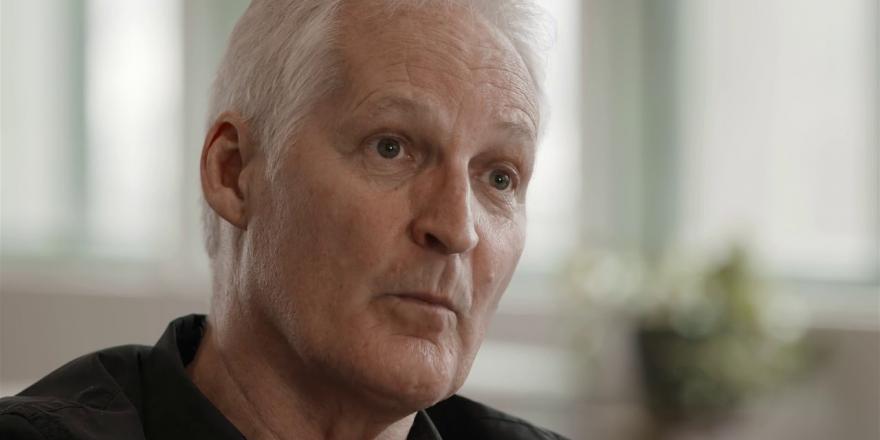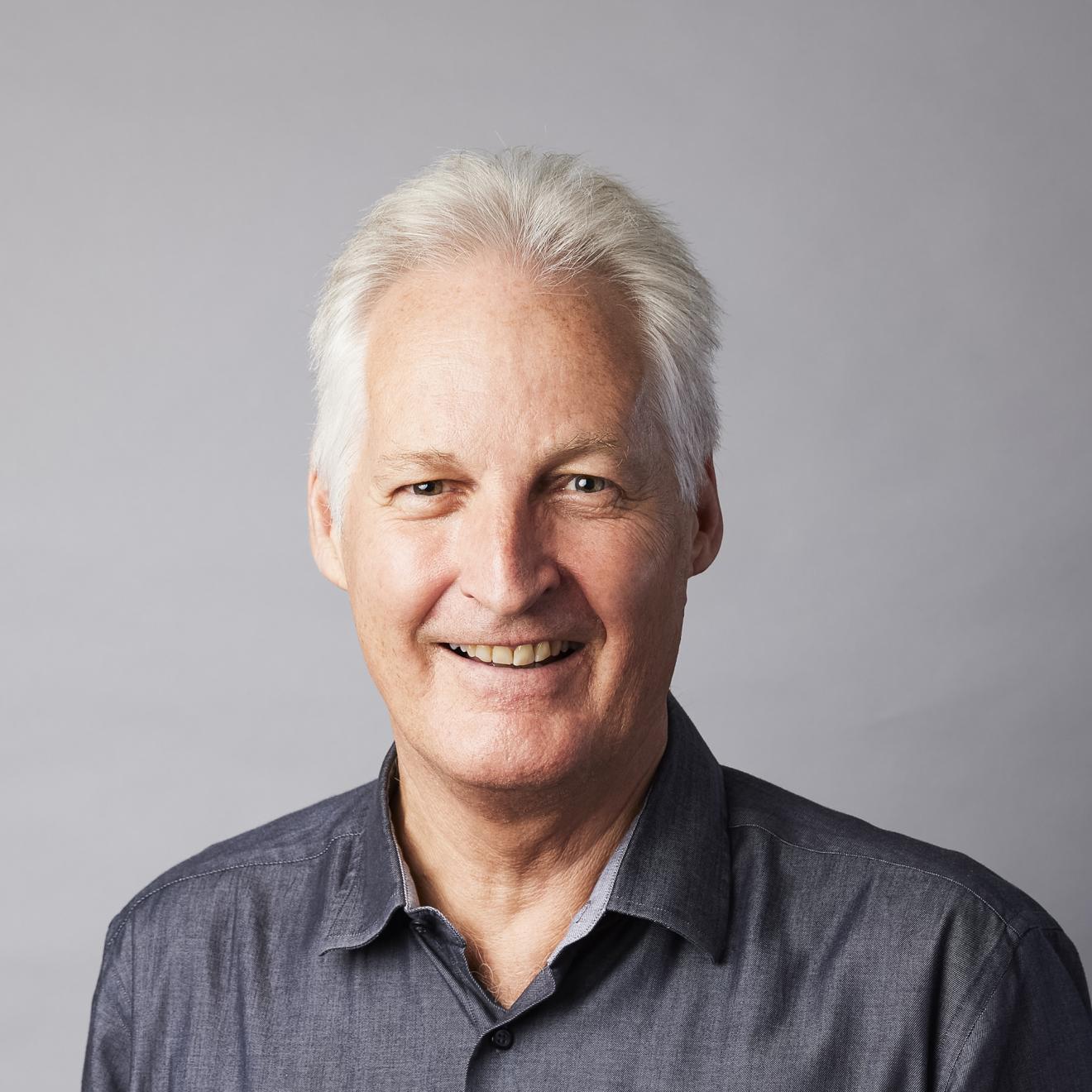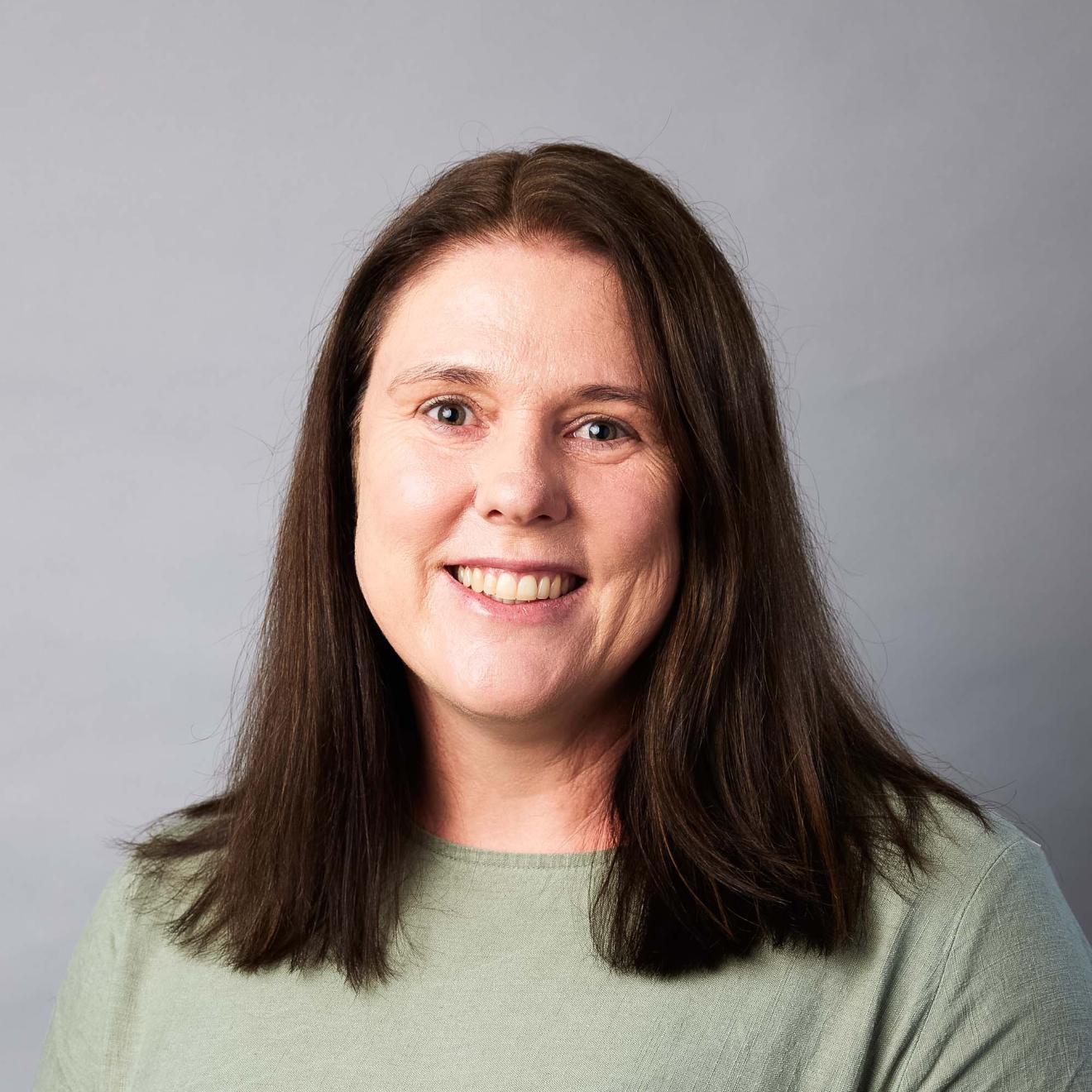In 2011, as Australia emerged from its worst drought in recorded history, on the other side of the world California was entering what would turn out to be its own record-breaking dry spell. And it was to Australia that Californian water planners turned for fresh ideas to transform the way the Golden State managed its supply of, and demand for, water.
The irony was that many of the water efficiency innovations and reforms implemented in Australia during the Millennium Drought of 1997 to 2010 had been first applied in California in previous decades, says Professor Stuart White, Director of the UTS Institute for Sustainable Futures (ISF). “They had lost a lot of that knowledge over there but we were applying it in Australia,” he says.
ISF’s team of leading urban water management experts worked with the Chicago-based Alliance for Water Efficiency and global water think tank the Pacific Institute to produce Managing Drought: Learning from Australia, a major report that helped Californian water planners deal with the state’s devastating 2011–2019 drought and prepare for future droughts.
The principles behind our work are that lots and lots of small things add up to big water savings and that water saved is as good as water supplied.
— Stuart White, Institute for Sustainable Futures
The report drew heavily on a unique approach developed by ISF over the past two decades that incorporates supply and demand planning into urban water management. The Institute’s work has influenced Australian government and industry thinking about how best to conserve and use water, and has helped save hundreds of millions of dollars a year in water capital costs and energy costs across Australia.
Avoiding dire consequences
Along with its work in California, ISF has also produced a roadmap for urban water security for Brazil’s biggest city, São Paulo, after the city of 12 million people in 2014 and 2015 endured a drought more severe than in any period on record.
In Australia, urban water management matters not just because water is a scarce resource on the driest continent on earth and its extraction from the environment has significant negative implications. It matters because the economic and social consequences of any city or urban area running out of water are dire, says White.
Much of the work in this field is aimed at boosting supply via new dams, pipelines, groundwater sources or desalination.
However, ISF’s focus “has been to look at demand and supply in an integrated way and identify what is the quickest, cheapest and biggest way to address this problem out of a whole suite of different options that could conserve water or supply more,” he says.
“You can reduce demand with water restrictions; during drought that’s proven to be a very effective measure in Australia and has strong public support. But you can also do it by structurally and permanently changing the efficiency with which we use water.”
“The principles behind our work are that lots and lots of small things add up to big water savings and that water saved is as good as water supplied.”
Those measures could be anything from water efficiency labelling on appliances, replacing inefficient water equipment and appliances with more efficient ones, smart metering with customer feedback, changes to water pricing, leakage reduction, to local storm water capture and recycled water initiatives.
By rolling out water conservation programs, pilots and trials to demonstrate proof-of-concept, ISF has transformed the legitimacy with which water saving programs are regarded and placed demand management squarely on the public agenda.
Sydney Water estimated that by 2011 its annual water savings were more than 120 million cubic metres, equal to 20 per cent of the 2004 demand. “By the time of the Millennium Drought, there were hundreds of millions of dollars being spent around the country on water saving programs, which made a significant and material difference to water use in Australian cities,” says White.
“In fact, you could argue it meant some cities didn’t get down to the ‘dead storage’ in their dams,” he says, referring to the lowest level of storage, at which point water generally can't be extracted.
Adaptive planning
As well as a focus on managing demand, ISF’s adoption of adaptive planning approach – which is about readiness, multiple pathways and “real options”–has also influenced how governments and utilities approach investment in major supply initiatives.
In NSW, for example, ISF provided advice and analysis of successive State Government Metropolitan Water Plans for Greater Sydney, including planning around Sydney’s desalination options. In 2006, ISF’s 'readiness to construct' approach was embraced by the New South Wales Government during the drought. It was the first significant application by an Australian government of real options approach to planning, in this case, insuring against a major water shortage by being ready to build a desalination plant.
The concept is especially applicable to Sydney because the city has such a large water storage system relative to its annual demand for water, Professor White says.
“You could see the water levels in Sydney’s dams falling, and say to decision-makers ‘If you have done all the planning and approvals and are ready to go, you could wait until the dams hits 30 per cent capacity before pulling the trigger to build… in risk-weighted cost terms, you save billions.’”
Some of the challenges of actualising adaptive planning concepts were made evident when the Government called for tenders to build a plant when the dams hit 34 per cent capacity and signed contracts even after heavy rains began refilling the dams.
However, ISF’s real options thinking still influenced the construction of the Sydney desalination plant: it was built in modular stages, with only half the full plant capacity built at the time, with the potential to expand the capacity of the plant in a relatively short period, still a central feature of Sydney’s water security.
The influence of ISF’s advice continues to this day...
— Katy Brady, Metropolitan Water Directorate
Collaboration and partnerships
Katy Brady, a former Senior Manager for the Government’s Metropolitan Water Directorate, says ISF can “rightly claim significant influence on the investment that led to the water demand reduction that Sydney has experienced, and the associated capital and operating cost and greenhouse gas reductions that have resulted”.
“The influence of ISF’s advice continues to this day,” she says. “It underpins the portfolio approach adopted in the 2017 Metropolitan Water Plan and Lower Hunter Water Plans.”
The way ISF works with clients and partners has also made a big difference, Ms Brady says.
“The level of engagement with complex detail by key decision-makers, including at CEO, ministerial and Cabinet level, was a major factor in shifting the Government’s position,” she says.
ISF staff are supported to develop their facilitation skills in small group settings, promoting strong interaction with clients. Projects are designed to support new ways of looking at underlying assumptions and practices within an organisation, to better deal with complex issues and problems.
With a broad range of technical, institutional and social science skills, ISF’s urban water experts regularly contribute to networks across their specialised fields, and contribute to the latest evidence and innovations, which all feed back to the work done with their clients.
Partnerships with clients and others in the field are really important, says Associate Professor Joanne Chong, who for more than a decade was involved in interdisciplinary research for urban water projects at ISF and now works at the national science body, CSIRO.
“One of the successes of water efficiency programs in Australia is that they involve so many sectors and end users, from residents to businesses to industry, all involved in saving water during drought,” she says.
“There were a lot of new partnerships formed and existing ones built on, whether they were utilities, governments, businesses, industry and the community as well, all working together.”
Researchers
-
 Joanne Chong
Joanne Chong -
Professor and Director, ISF
-
Associate Professor and Research Director
-
Professor and Research Director
-
Research Director
-
Research Consultant









